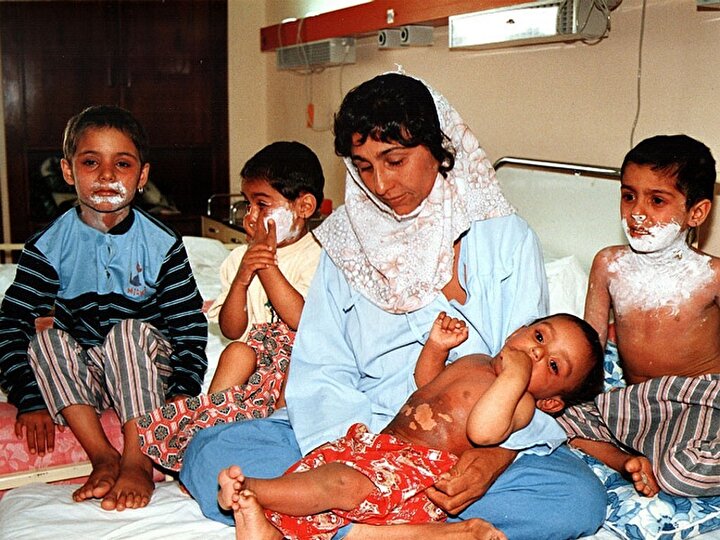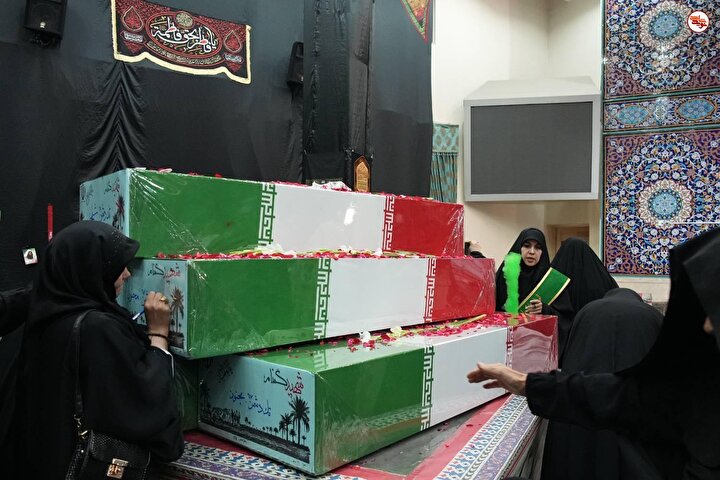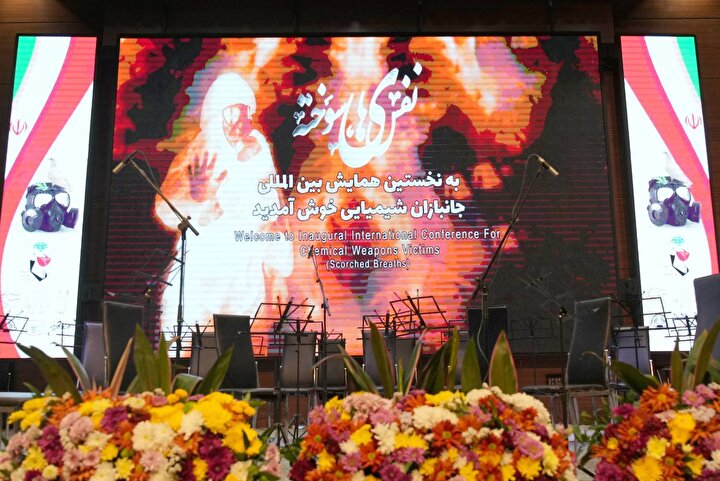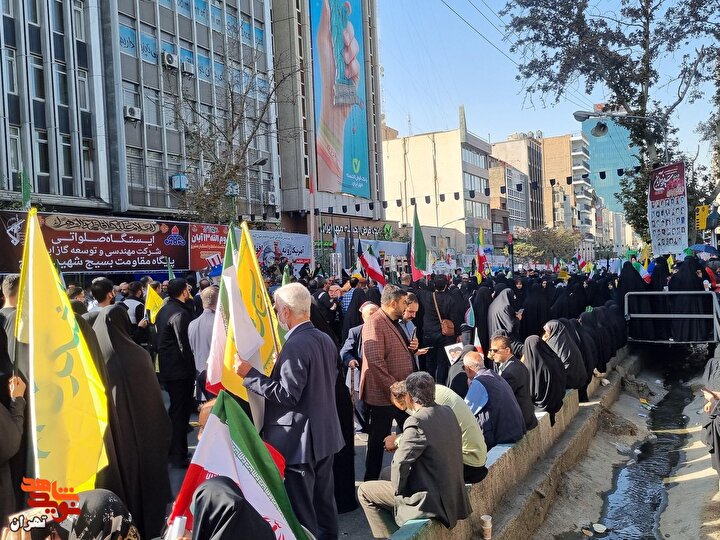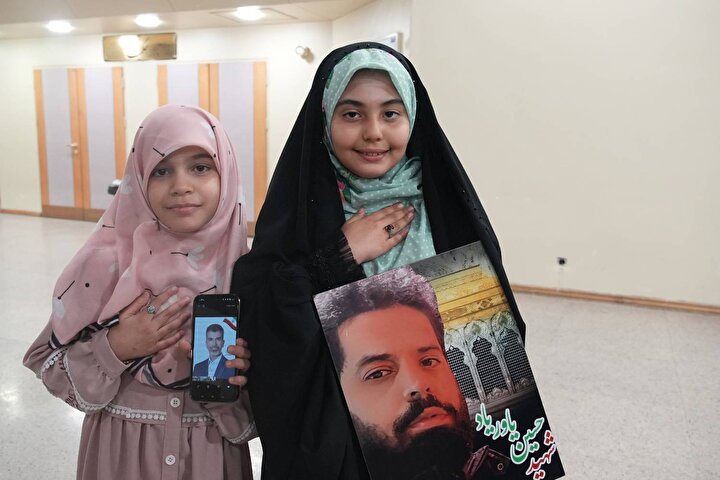
General Soleymani, Iran
US Magazine's Report on Strong Arm of Islamic Revolution of Iran
Navideshahed: Iraq is only a piece in a more vital puzzle and the other parts including Lebanon, Afghanistan, Syria and Persian Gulf are among the puzzle as well.

According to Mashregh News, the American Magazine ‘National Interest’ through an article titled Iran's Secret Weapon which has been written by Kevjn Lim pointed out to the events of Syria and it said:
These events present complications for Iran, which is already facing harsh sanctions owing to its alleged nuclear ambitions. Syria under both Assads, father and son, has been Tehran's firmest state ally in the region and the logistical keystone in the edifice of resistance, which brings together the Lebanese Hezbollah and a clutch of rejectionist Palestinian factions. If Hezbollah-dominated Lebanon is Iran's most successful revolutionary export, Syria could yet turn out to be its biggest fiasco.
This American Magazine at the continuation of its report mentioned: “Given its relatively limited conventional armed forces, the Iranian regime has invested heavily in niche, asymmetric capabilities far beyond its shores, thanks to concerted action by a nexus assumed to include the Iranian Revolutionary Guard Corps (IRGC), the Ministry of Intelligence and Security, and, to a lesser extent, the Foreign Ministry's diplomatic missions abroad: all are thought to be coordinated via two organs….”?
Yet it has become a "known unknown" that the prime mover behind Iran's extraterritorial special operations is a secretive unit embedded within the powerful IRGC, if not necessarily answerable to it.
The National Interest adds: “According to a 2010 U.S. Department of Defense report, the Qods Force "clandestinely [exerts] military, political, and economic power to advance Iranian national interests abroad," making it the forward or outermost complement to Iran's mosaic homefront-defense doctrine. The Qods Force has been accused of masterminding or supporting some of the most prominent attacks against Western and Israeli targets over the past three decades, and it was instrumental in midwifing Hezbollah, the Shiite militant group that attained notoriety for standing up to Israel for thirty-three sultry days in the summer of 2006.”?
During the recent years the international attention has in recent years focused on Major General Qassem Soleimani.
According to the National Interest, the American Enterprise Institute, wrote that although lacking formal qualifications, Soleimani rose through the ranks on account of his reputation for gustiness during tough times: the traumatic eight-year war with Iraq, campaigns in Iran's restive Kurdish heartland and the persistently wayward drug country around the east of Iran and Afghanistan. Soleimani's relationship with a mid-level cleric and student of Khamenei may have been the catalyst for his own proximity to the current supreme leader and his subsequent rise.
The End
According to Mashregh News, the American Magazine ‘National Interest’ through an article titled Iran's Secret Weapon which has been written by Kevjn Lim pointed out to the events of Syria and it said: These events present complications for Iran, which is already facing harsh sanctions owing to its alleged nuclear ambitions. Syria under both Assads, father and son, has been Tehran's firmest state ally in the region and the logistical keystone in the edifice of resistance, which brings together the Lebanese Hezbollah and a clutch of rejectionist Palestinian factions. If Hezbollah-dominated Lebanon is Iran's most successful revolutionary export, Syria could yet turn out to be its biggest fiasco. This American Magazine at the continuation of its report mentioned: “Given its relatively limited conventional armed forces, the Iranian regime has invested heavily in niche, asymmetric capabilities far beyond its shores, thanks to concerted action by a nexus assumed to include the Iranian Revolutionary Guard Corps (IRGC), the Ministry of Intelligence and Security, and, to a lesser extent, the Foreign Ministry's diplomatic missions abroad: all are thought to be coordinated via two organs….”? Yet it has become a "known unknown" that the prime mover behind Iran's extraterritorial special operations is a secretive unit embedded within the powerful IRGC, if not necessarily answerable to it. The National Interest adds: “According to a 2010 U.S. Department of Defense report, the Qods Force "clandestinely [exerts] military, political, and economic power to advance Iranian national interests abroad," making it the forward or outermost complement to Iran's mosaic homefront-defense doctrine. The Qods Force has been accused of masterminding or supporting some of the most prominent attacks against Western and Israeli targets over the past three decades, and it was instrumental in midwifing Hezbollah, the Shiite militant group that attained notoriety for standing up to Israel for thirty-three sultry days in the summer of 2006.”? During the recent years the international attention has in recent years focused on Major General Qassem Soleimani. According to the National Interest, the American Enterprise Institute, wrote that although lacking formal qualifications, Soleimani rose through the ranks on account of his reputation for gustiness during tough times: the traumatic eight-year war with Iraq, campaigns in Iran's restive Kurdish heartland and the persistently wayward drug country around the east of Iran and Afghanistan. Soleimani's relationship with a mid-level cleric and student of Khamenei may have been the catalyst for his own proximity to the current supreme leader and his subsequent rise. The End
